All birds lay eggs, but the forms, widths, coloring, as well as designs of the eggs, as well as how they work, vary by species. Even more intriguing is the fact that birds are the only known vertebrates that can lay colored eggs.
Watching bird nests and eggs brings excitement and amazement to bird-watching groups, allowing them to appreciate the marvel of life unfolding in backyards and woodlands.
Many people are curious about what bird lays blue eggs and which are the blue eggs birds in the world?. If you’re wondering the same thing, keep reading to learn more about colorful eggs.
| Image | Name |
|---|---|
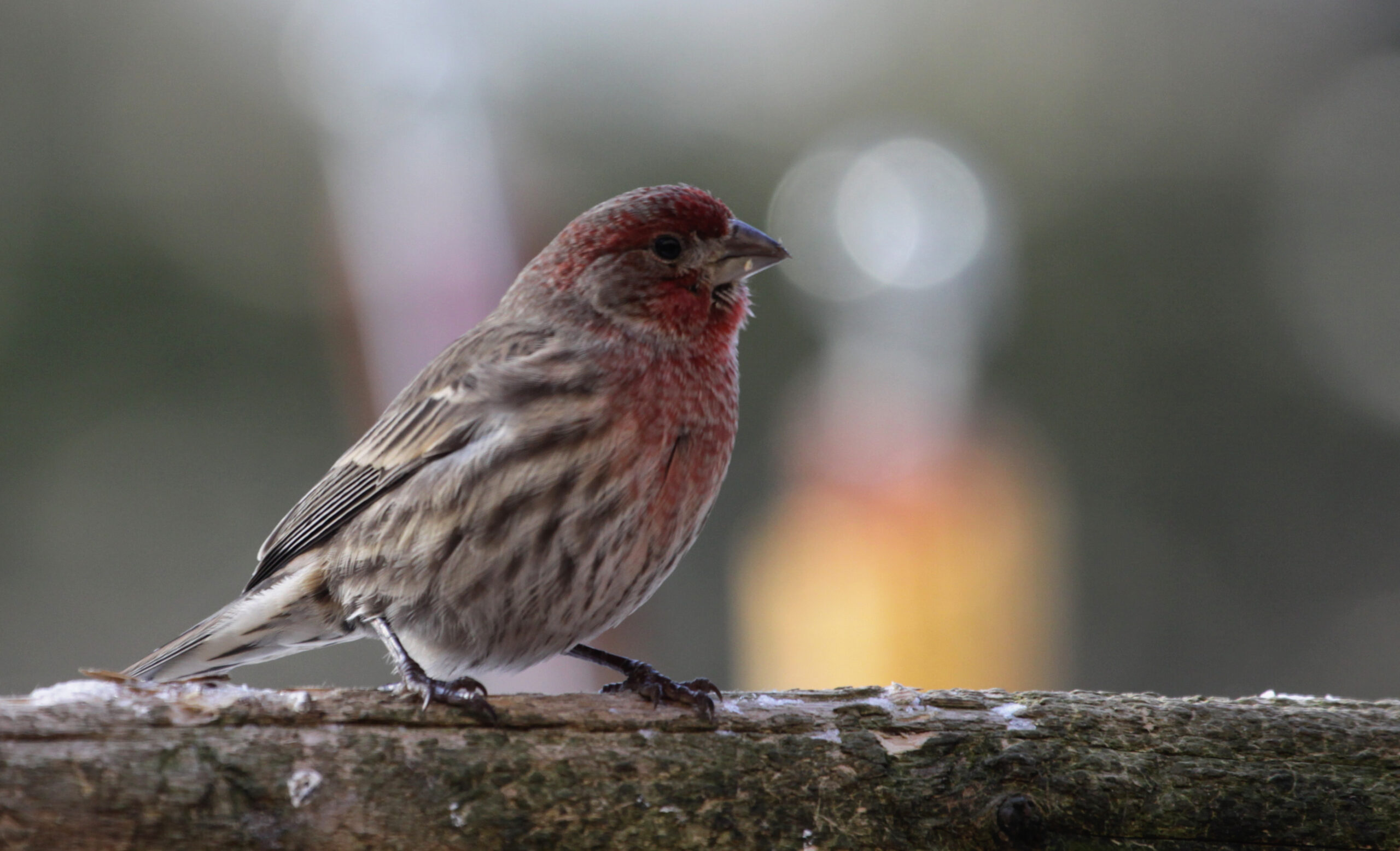 | House Finch |
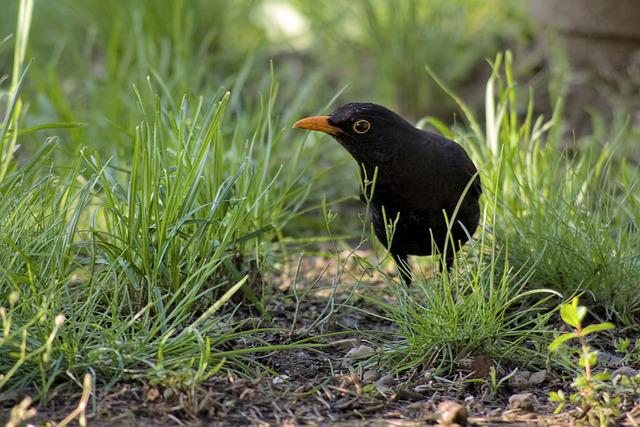 | Common Blackbird |
 | Great Blue Heron |
 | Starling |
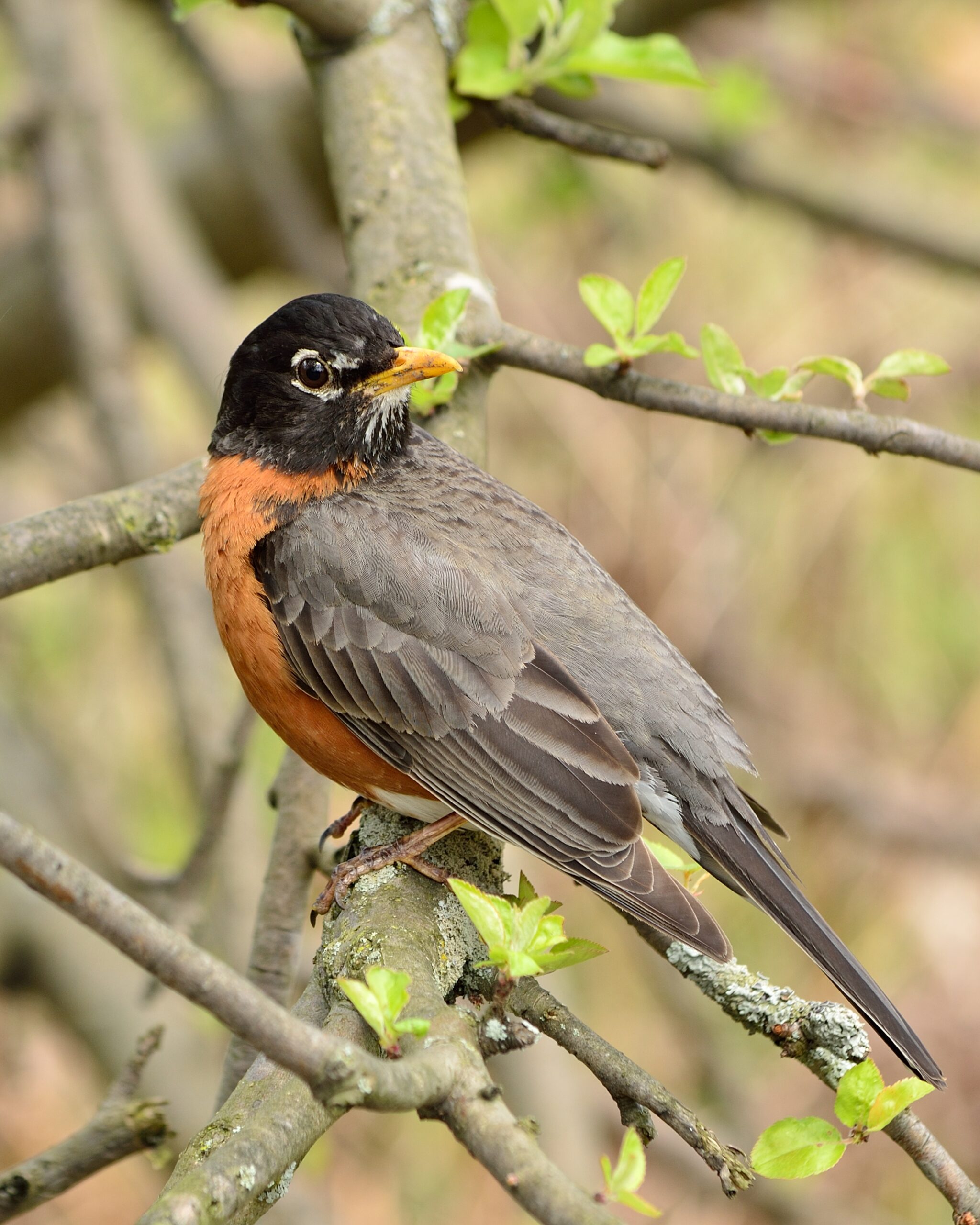 | American Robin |
 | Dunnock |
 | Eastern Bluebird |
What Kind of Bird Lays Blue Eggs?
Everyone who sees blue eggs, as well as any other colorful eggs, in a bird’s nest will be curious about their origins. It will prompt children to wonder what birds lay blue eggs. Is there any evidence that blue speckled bird eggs exist?
However, it’s natural if your initial idea is that all these blue eggs were laid by a bluebird. Various animals may lay colored eggs, and certain chicken breeds, such as the Ameraucana chicken and Araucana chicken, could even lay blue eggs.
The incredible variety of these eggs, whether from birds or fowl, fascinates people like nothing else. Humans and birds connect largely through colors, forms, and visual or aural displays, sharing each other’s sensory environments.
Let’s learn more about these blue-egg-laying birds:
1. House Finch
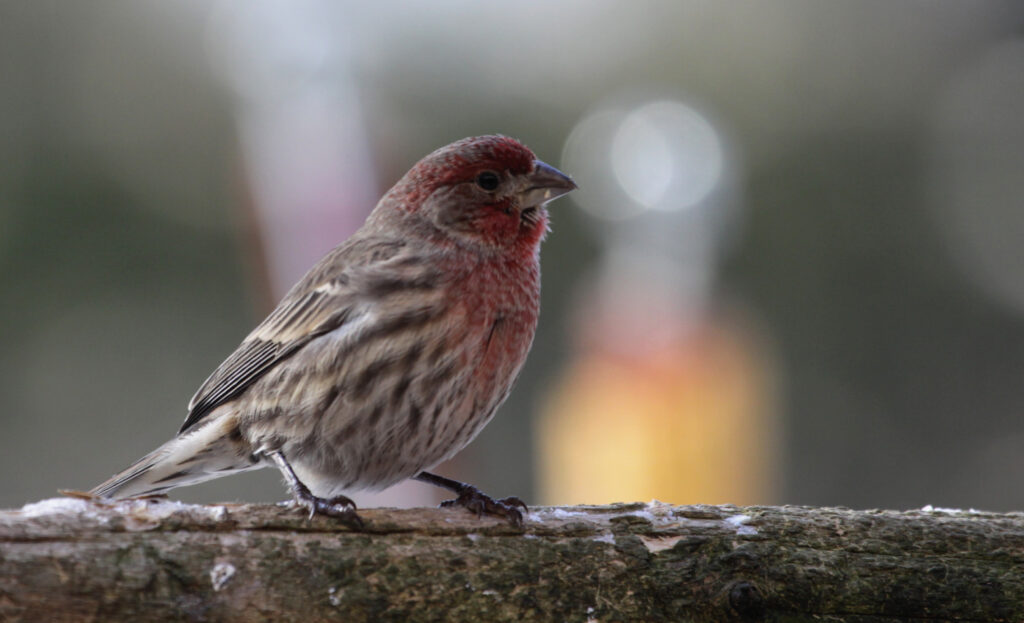
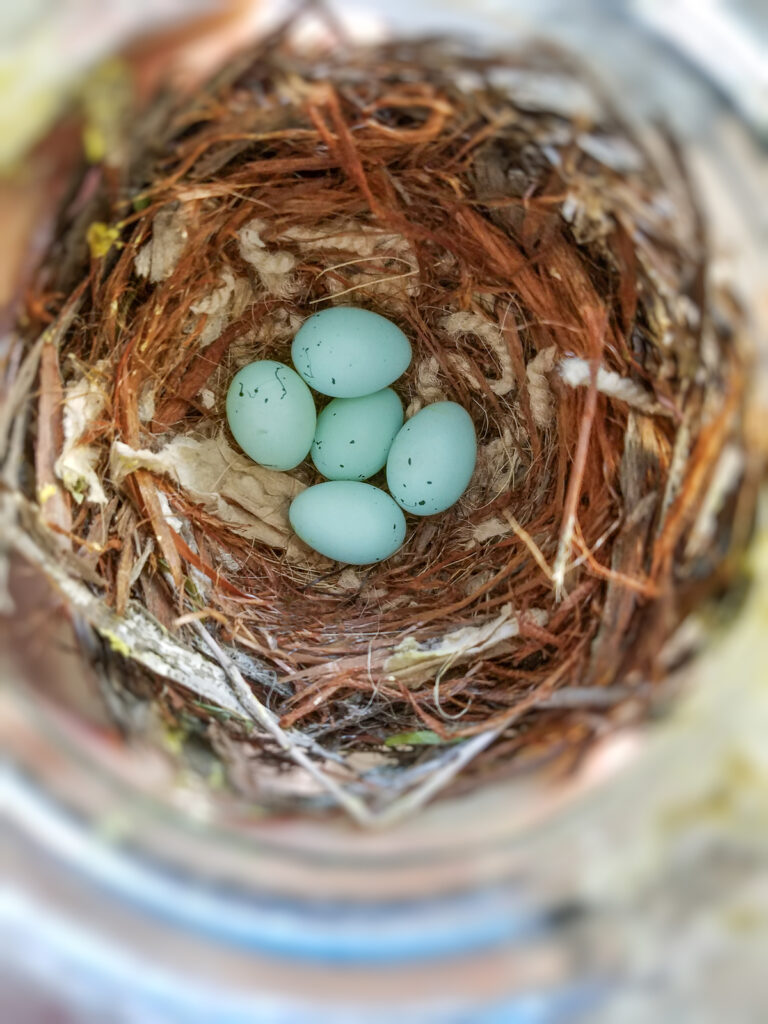
House finches are one of the most well-known western birds, nesting in trees, shrubs, and vines growing on porches. Thin weeds, grassy stems, tree twigs, rootlets, as well as feathers are used to make nests by these birds. Otherwise, a nest box 5 or 10 feet above ground is used.
As the male cares for the nest and nourishes a female nesting and parenting their nestlings, these finches may recycle previous nests from other birds.
Brown-headed cowbirds parasitize such finches, especially in the early weeks of the breeding season and throughout the summer.
Female house finches like to build their nests near the ground, depositing blue-colored bird eggs having fine, dispersed black markings on the bigger end.
When cowbirds approach the nest, yellow warblers make alarm sounds. The female remains vigilant by extending her wings to keep other birds from them, even destroying a cowbird egg if one is discovered in their nest.
A clutch of four or five eggs, typically weighing 0.75 to 0.8 inches long, is typical. Incubation takes roughly 12 to 14 days for these little speckled eggs, which are barely 0.5 inches broad.
2. Common Blackbird

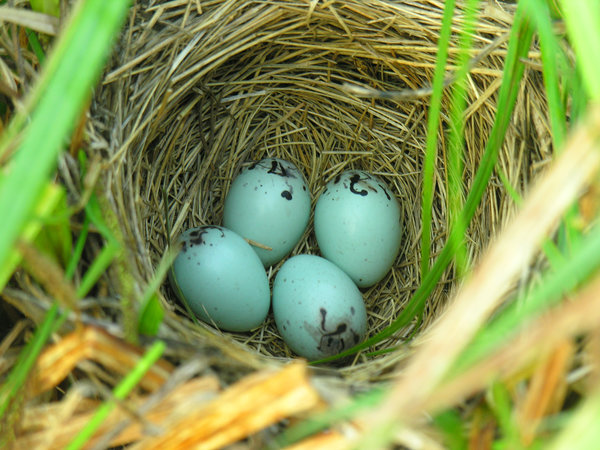
A batch of 3 or 5 blue eggs, comparable in size to robin eggs, is laid by the Common Blackbird. In its nests, the Song Thrush lays a clutch of four to five pale blue eggs with black or purple speckles.
Song Thrush eggs are tiny, measuring roughly 0.8 in.
3. Great Blue Heron


Nesting Great blue herons spend much of their time in trees, distant from the greatest feeding areas. For their eggs to hatch, the herons require a large nest.
Even heron nestlings stay for seven to eight weeks in the nest before returning to feed for a few weeks after fledging.
Birds of this species like to build their nests among trees, shrubs, and mangroves. Herons in the south roost in large colonies, whereas those in the north fly alone or join a large group. Both sexes build stick platforms in trees near ponds, marshes, and rivers.
Herons make their nests on the ground in the northernmost parts of their habitat, where trees are few. Adult herons are among the numerous birds that form bonds with their spouses while building nests. It has the same nesting behaviors and eggs as the blue heron.
In a nest at least fifteen feet above the ground, great blue herons lay three to five greenish-blue eggs.
These critters never stop improving their nests by adding additional sticks, ensuring that no eggs fall through. Incubation lasts 25 to 30 days, and both parents are responsible for nourishing their young.
4. Starling


The Starling bird is unique in that its lovely plumage cannot be appreciated from afar. From afar, it will look gloomy, but as you get closer, you will notice their beauty. Starlings are reported to lay a clutch of nine eggs that range in color from white to pale blue to green.
5. American Robin

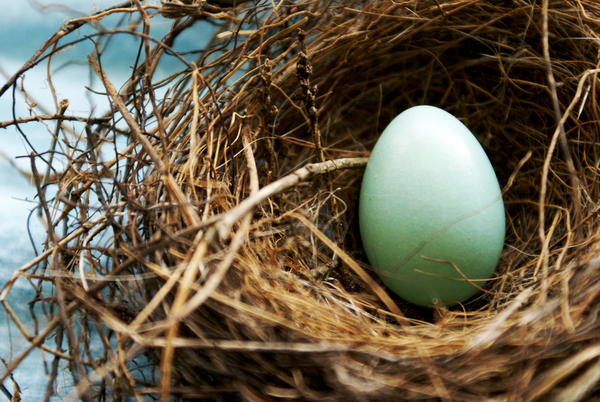
A lovely blue egg is laid by an American robin in a nesting cup made of grass stems in trees or shrubberies in residences, orchards, and open forests.
This bird nests from the center of the United States to the Arctic Ocean. This species of North American thrush lays at least four eggs and has two to three broods.
Because the bird might appear prominent in its brown nest to humans, the egg’s hue provides some protection from predators by being unnoticed. Some claim the bird’s hue is more of a greenish-blue tone than pure blue.
The peculiar blue tint of the American robin egg appears to be an optical illusion that makes it less noticeable on the perimeter of the blue sky.
6. Dunnock

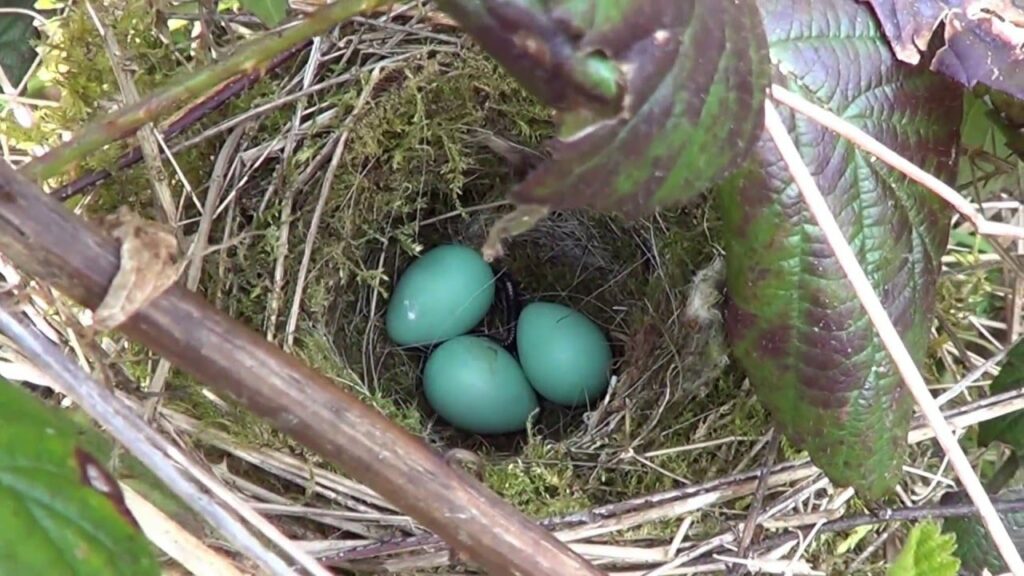
The Dunnock is a gardening bird that so many people still refer to as a hedge sparrow, which is a common name for a little bird. Because of its similarities, it might be mistaken for a wren, a house sparrow, or a young robin.
A bird-like this is frequently seen at backyard feeders or searching the ground for garbage.
Dunnocks are usually mentioned when discussing which birds deposit blue eggs. This British bird breeds in a variety of habitats with thick, shrubby vegetation, such as gardens, deciduous woods, bramble patches, or hedgerows.
It has an unusual mating habit, involving numerous partners in a strange pattern. Male and female couples, males with two females, and females with two or more men are all possible combinations.
The females build a cup-shaped nest from grasses, roots, as well as leaves and fill it with soft nesting stuff. These birds lay four to five little pale blue eggs, which hatch two weeks later and must be incubated for another two weeks before they can fly.
Because the Dunnock is a well-known cuckoo host, the female cuckoo kills the eggs before they can lay them in the nest. Dunnocks feed cuckoo chicks, notwithstanding their parasitic nest infection.
7. Eastern Bluebird

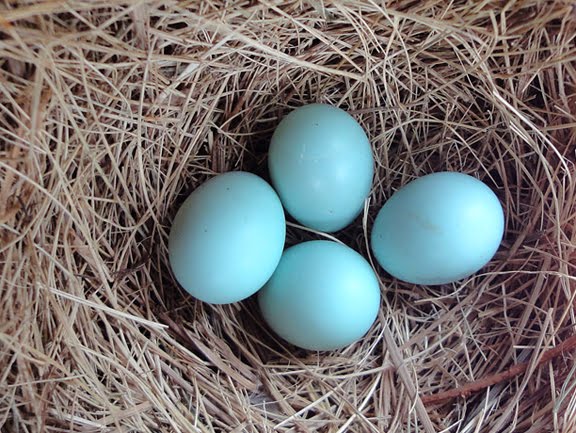
The Eastern bluebird is a cavity-nesting species that may be found in trees or any other appropriate cavity or nest box. The process of establishing a bird’s nest begins with the male bird exhibiting his chosen location to the female bird and then sealing the deal after the female enters the hole.
Its nest is a cup on a fine grass-lined straw platform with a little entry hall that is inaccessible to invading starlings.
The female will then begin weaving the nest out of grasses as well as pitch needles & begin laying eggs once it is complete. It will lay one egg every day until it produces a clutch of 2 to 7 eggs.
Due to their affinity with bluebirds, many thrush-like birds have light blue speckled bird eggs with brown dots, a similar-looking egg. Oak trees, logs, and synthetic nest boxes are all good places to look for a bluebird’s nest.
The Finch is the only one of these bird species that does not lay its eggs on the ground. All-female birds lay their eggs in tree nests, which hatch into gorgeous blue eggs to welcome fledgling chicks into the realm.
Understanding Blue Eggs’ Nature
Our understanding of blue-egg-laying birds does not end there. Understanding why certain eggs have different hues is even more essential.
Calcium carbonate, which looks white to human eyes, is the primary aspect of eggs. Many cavity nesters’ eggs are pure white, which may help parents find them in the dark.
The pigment discharge from the oviduct is responsible for the various egg hues. This is useful for providing protection against potential predators.
Protoporphyrins give the eggs their red and yellow colors, whereas biliverdins are the pigments that give them their blue and green hues. Some of these eggs contain maculation or other signs left by the nesting material.
In eggs with dots, lines, or scrawls, protoporphyrin concentrations are greater. Combining two pigments in different quantities, on the other hand, produces hues ranging from violet to green.
Experts are currently investigating why the crystalline structure of the eggshell interacts to produce such a wide range of shell colors and patterns.
Birds, unlike humans, have four photoreceptor proteins, allowing for more precise and detailed color vision.
Powdery components, in addition to color deposits, contribute to the egg’s appearance. During incubation, such a drug fades off.
Are Blue Eggs Healthier Overall?

The coloration of the eggshell has no bearing on its nutritional value. It is solely for the purpose of recognizing bird eggs in nests on the ground or in trees.
Many health firms and dietitians believe that these colored eggs have lower cholesterol levels than standard white and brown eggs.
However, scientific evidence contradicts this assumption, stating that all eggs, whether colored or white, contain cholesterol.
Blue eggs, on average, contain higher cholesterol than regular or brown eggs. All of these eggs have nearly the same nutritional value. Blue eggs in regular meals have little effect on blood cholesterol levels.
An egg can be consumed once a day by a healthy individual with no history of elevated cholesterol.
One egg has less than 0.02 oz cholesterol, which is safe for healthy persons. A person with high cholesterol should consume no more than three egg yolks each week. You can replace the egg with a replacement or use the egg white instead of the full egg.
Differences between Blue and Ordinary Color Bird Eggs
The eggs of various hues, whether blue or white, have virtually little difference. When it concerns health, the color of the eggshell doesn’t matter because they all meet the same requirements.
The pigmentation within the bird causes the color variation in the egg. The hue of the eggs varies by species, and colors are produced by the birds’ pigments.
The principal pigment that gives the blue hue is biliverdin, which originates from the same chemical that gives blood its red color.
The coloring of the eggs lightens as the birds get older. Larger eggs will be paler and smaller eggs will be bluer. Other than the coloring we stated, there are no other differences, and this is how birds produce blue eggs.
Check this article on Types of Blue Birds for more detailed information on this.
Conclusion
So this is all from us about the Birds which Lay Blue Eggs. The form, color, and patterns of a bird egg vary greatly.
Pigmentation differences are related to differences in shell thickness, which explains why eggshells have various spot patterns.
Blue eggs are seen in a variety of bird species, ranging from pale white to deep azure.
Knowing more about these eggs can help researchers identify unwanted invading species and locate active brood parasites.
All of this information, as well as others, may aid in the development of effective conservation plans and the preservation of our species for future generations to enjoy.
FAQ
What British Bird Eggs Are Small Blue?
Numerous birds are breeding near food sources all around the United Kingdom. These might be due to egg-laying species or anywhere in between. The Dunnock, goldfinch, song, and Mistle thrush, as well as other British garden birds, lay blue eggs.
Are Blue Jays’ Eggs Blue?
Despite the fact that many birders despise blue jays for being backyard bullies, its amazingly colored eggs cannot be denied. Blue jays lay bluish, greenish buff, light brown eggs with brown or grey markings.
Is There A Colored Egg Of A Great Horned Owl?
The great horned owl is an earlier nester as well as a bird-laying bird’s ability to produce one to four plain white spherical eggs. It incubates for thirty to thirty-seven days, with the first egg being the biggest and the last being the tiniest.
Last Updated on March 22, 2023 by Lily Aldrin
